At Advanced Optometry we understand that dry eye can be annoying, painful and sometimes even debilitating.
Dry eye disease is common. It can vary in severity from mildly annoying, to severely debilitating. In very severe cases it can even cause scarring and permanent vision loss.
At Advanced Optometry we care about dry eye disease. Our optometrists have been involved in dry eye research and our principal optometrist David Foresto sits on advisory boards for dry eye treatment companies.
Dry eye disease is one of the most common eye conditions. It is commonly trivialised as a simply annoying condition, however it is a condition which should be taken seriously as it can cause significant discomfort and distress for some patients. When diagnosed correctly and treated appropriately, dry eye disease is usually very manageable. In very severe cases, the treatment of dry eye disease may require pharmaceutical treatments or corneal rehabilitation with custom made scleral contact lenses.
Dry eye disease can sometimes be a secondary consequence of certain medications, or auto-immune disease. It can also be hormonal in original and it is estimated that around 75% of post-menopausal females suffer from the dry eyes. Often though, dry eye disease can occur in normal healthy patients with no known origin.
The first step in the management of dry eye disease is to ensure the subtype of dry eye is correctly diagnosed. The human tear film is made of many components including meibomian secretion (oil), aqueous (water), mucous and electrolytes. Examination of the ocular surface with a high powered slit lamp microscope can assist in correctly categorising the dry eye subtype. Further analysis with fluorescein dye, non-invasive tear break up assessment, and aqueous assessment with Schirmer strips can give an even more definitive diagnosis. Advanced Optometry has the required equipment for all of these tests.
The most common form of dry eye disease is a mix of oil and water deficiencies. This “mixed” dry eye can be treatment with appropriate eye drops, tear duct plugs, warm lid therapy, oral Omega 3 and 6 supplementation and sometimes even Intense Pulsed Light Therapy.
In cases of severe dry eye, more aggressive treatments may be required. These may include scleral contact lenses to rehabilitate the ocular surface, medicated eye drops or autologous serum eye drops. Autologous serum eyedrops are special eyedrops made from the patient’s own blood plasma which contains many of the protective nutrients found in the healthy human tear film.
If you suffer from dry eyes, your first step should be to book in with an optometrist such as Advanced Optometry for a thorough assessment of the cause of the dryness and then an appropriate treatment plan being developed.

